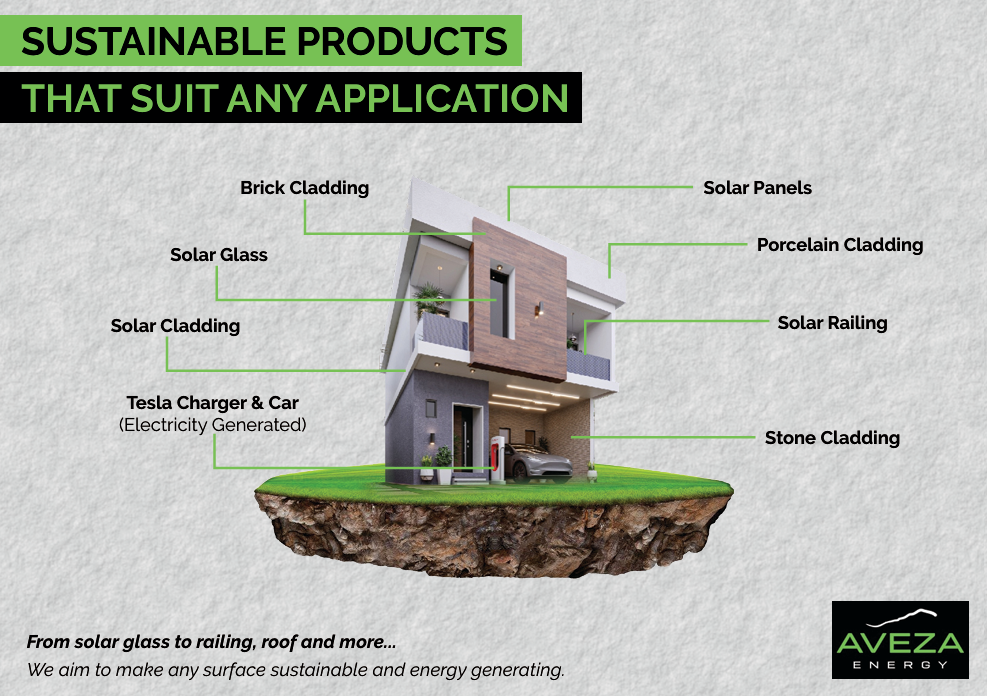BIPVs are solar energy systems that are seamlessly integrated into the structure of a building, serving as both functional building materials and energy generators. Unlike traditional solar panels, which are mounted on roofs or other surfaces, BIPV replaces conventional building elements with photovoltaic materials, such as roofing, windows, facades, or shading devices.


Roofing: Solar tiles or shingles that replace traditional roofing materials.
Facades and Cladding: Solar panels that double as exterior walls or decorative facades.
Shading Systems: Solar-integrated awnings or canopies.
Windows and Skylights: Transparent or semi-transparent solar glass that lets in light while generating electricity.
Cost Savings: Reduces the need for separate solar installations and building materials.
Space Efficiency: No additional space is required as the solar elements are part of the building structure.
Durability: Many BIPV systems are built to withstand environmental conditions like wind, rain, and UV exposure.
BIPV is becoming increasingly popular as developers and building owners focus on sustainable design and renewable energy solutions. It’s especially relevant for net-zero energy buildings and eco-friendly construction projects.

BIPV stands for Building Integrated Photovoltaics. It refers to solar power systems integrated directly into the building’s structure, replacing conventional materials like roofing, windows, or facades, while generating electricity.
BIPV can be incorporated into new constructions, renovations, or retrofits, making it suitable for residential, commercial, and industrial buildings. The feasibility depends on factors like design, location, and solar exposure.
BIPV systems are typically slightly less efficient than standalone solar panels due to design trade-offs (e.g., aesthetics or transparency). However, advances in materials like thin-film PV and solar glass are closing the gap.
Costs vary widely depending on the type of materials, building design, and location. BIPV systems may range from $200 to $400 per square meter, excluding installation and additional components like inverters or batteries.
Yes, BIPV materials are designed to be as durable as the building materials they replace. For example:
BIPV systems require minimal maintenance, similar to traditional solar panels. Basic care includes:
Yes, like traditional solar panels, BIPV systems can generate electricity under cloudy conditions but with reduced efficiency. Energy output is location-dependent.
Absolutely! BIPV systems can integrate with:
In many countries, BIPV installations qualify for government incentives, tax credits, or grants. Examples include: